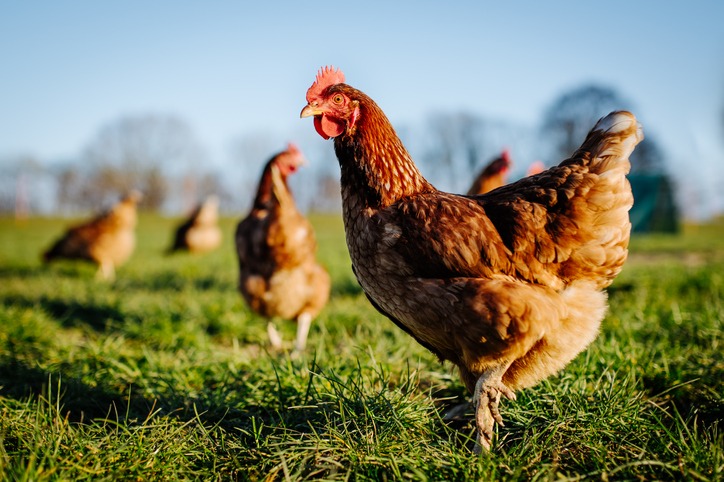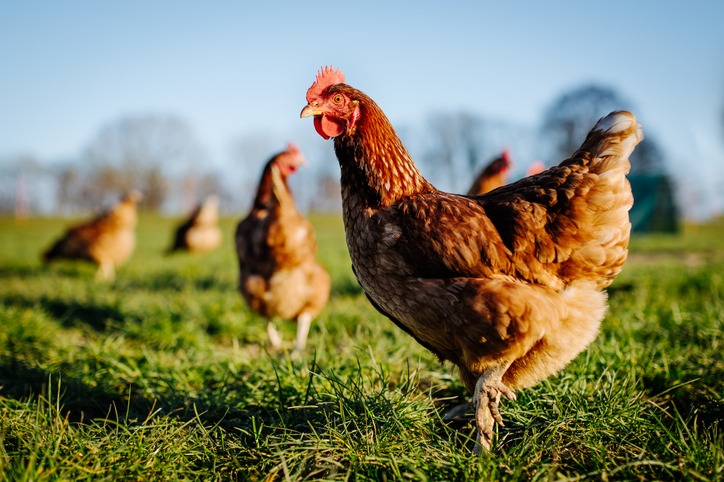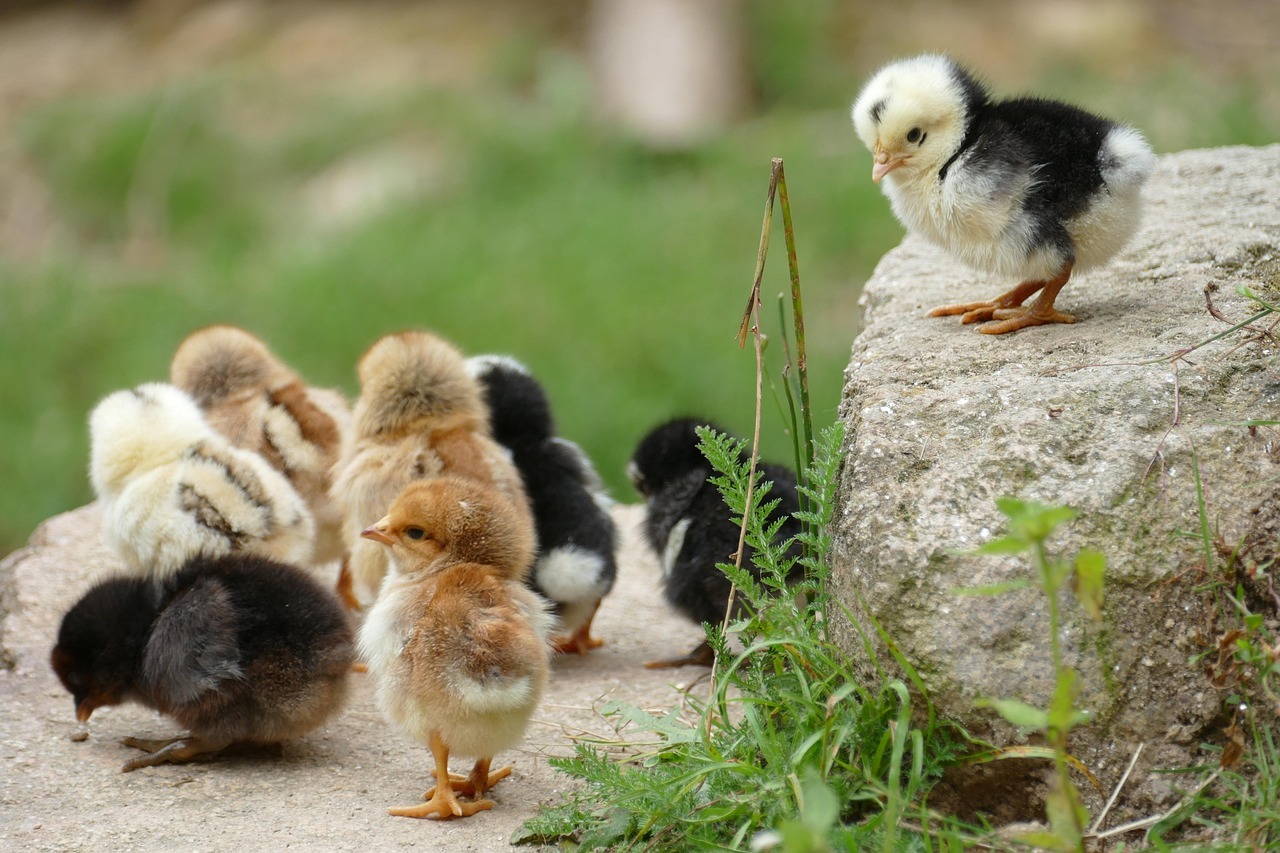Feeding Your Homestead Flock: A Guide to Nutrition and Care
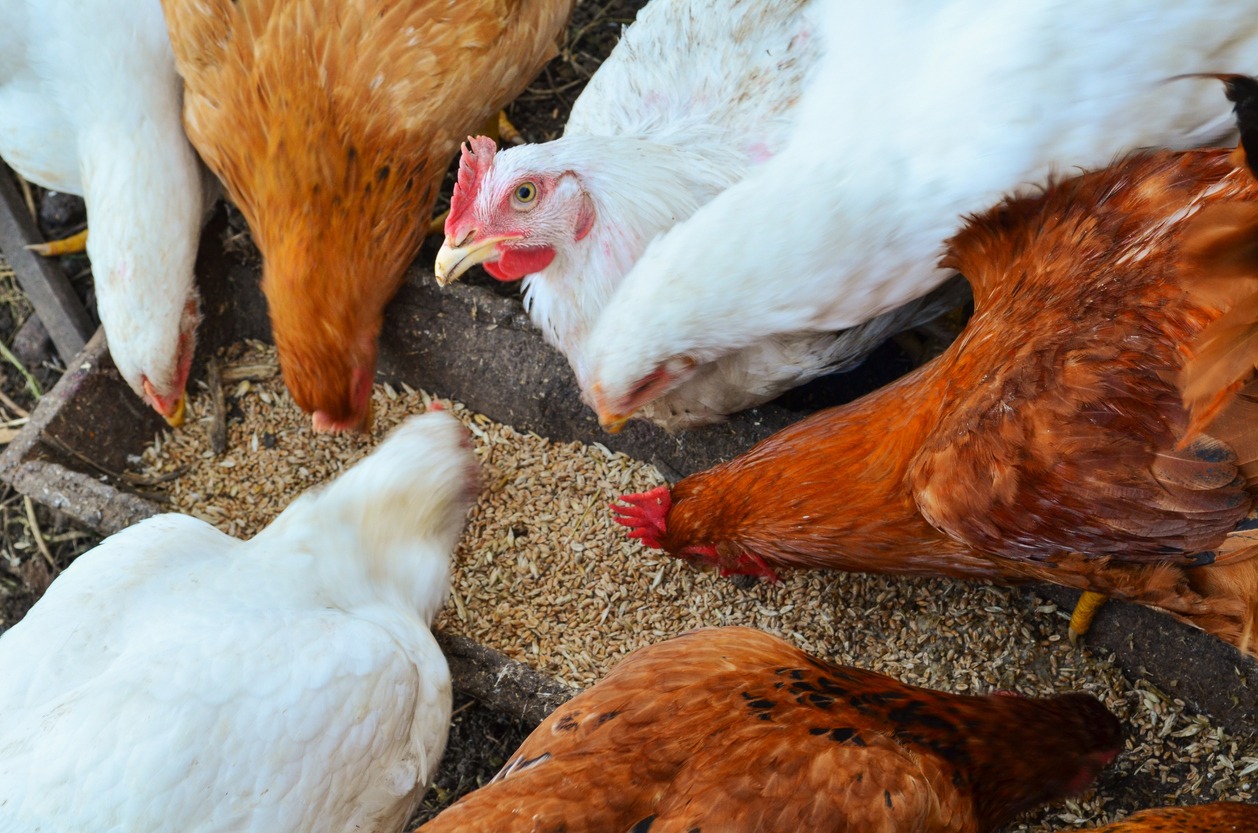
Raising chickens on a homestead is such a rewarding experience. Whether you’re collecting fresh eggs every morning, growing your flock for meat, or simply enjoying the cheerful clucking as they roam around your yard, keeping your chickens healthy is essential. At the heart of their well-being is proper nutrition. Feeding your chickens isn’t just about tossing out feed and hoping for the best—it’s about knowing what they need and tailoring their diet to meet those needs. With a bit of knowledge and effort, you can give your flock the balanced diet they deserve, keeping them happy, productive, and thriving year-round. Let’s dive into everything you need to know to feed your homestead flock effectively.
Understanding Nutritional Needs
Chickens, like all animals, require a balanced diet to maintain good health. When their nutritional needs are met, you’ll notice the difference in their energy, feather quality, and egg production. Neglecting proper nutrition, on the other hand, can lead to dull feathers, weak eggshells, or even illness.
Essential Nutrients for Chickens
A chicken’s diet should provide six main nutrients: protein, carbohydrates, fats, fiber, vitamins, and minerals. Each plays a critical role in their overall health:
- Protein is vital for muscle growth, tissue repair, and feather development. For laying hens, it also supports egg formation.
- Carbohydrates supply the energy chickens need for daily activities, from scratching the dirt to exploring their environment.
- Fats help absorb fat-soluble vitamins like A, D, and E and provide a concentrated energy source.
- Fiber aids digestion and supports a healthy gut.
- Vitamins and minerals are essential for immunity, bone health, and strong eggshells. Calcium, in particular, is crucial for laying hens.
Life Stage-Specific Diets
The nutritional needs of your flock vary depending on their stage of life:
- Chicks require starter feed with 18-24% protein to support their rapid growth during their first eight weeks.
- Pullets in the grower phase (8-20 weeks) need feed with 14-16% protein for steady development.
- Laying hens need layer feed with around 16% protein and additional calcium to produce strong eggshells.
- Molting or retired chickens benefit from a higher-protein diet to replenish feathers or maintain overall health.
Signs of deficiencies include brittle eggshells, lethargy, or poor feather quality. Monitoring your flock closely helps you spot and address these issues early.
Balanced Feed Options
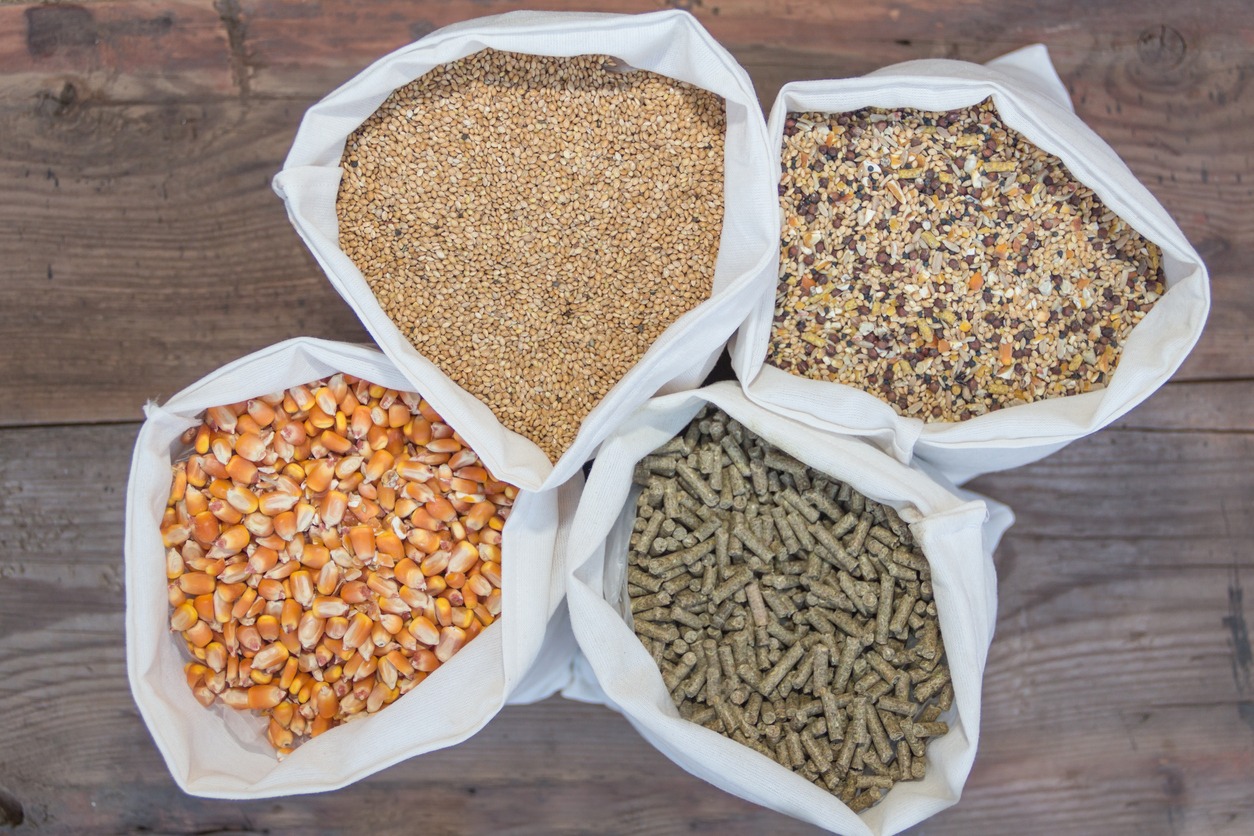
A well-rounded diet begins with the right feed. There are many options available, and each homestead may have a preferred method depending on time, resources, and the size of the flock.
Choosing Commercial Feed
Commercial poultry feed is a convenient, balanced option for many homesteaders. Feeds are often tailored to specific life stages:
- Starter feed: High in protein, designed for chicks.
- Grower feed: Moderate protein for maturing pullets.
- Layer feed: Includes calcium and lower protein levels to support egg-laying.
- All-purpose feed: Versatile but may require calcium supplementation for layers.
When choosing commercial feed, opt for mash or crumble forms over pellets to retain more nutrients. Brands that include omega-3s or probiotics offer added benefits for egg quality and digestion.
Creating Homemade Feed
Homemade feed gives you complete control over your flock’s diet. A basic mix might include:
- Grains: Corn, wheat, barley, and oats provide carbohydrates.
- Protein sources: Soybean meal, fish meal, or black soldier fly larvae.
- Supplements: Oyster shells for calcium, grit for digestion, and herbs for immunity.
To ensure nutritional balance, consult charts or online tools that outline the nutrient requirements of poultry. Homemade feed requires effort and precision, but it can save money and offer peace of mind about what your flock is eating.
Supplementing with Scraps and Treats
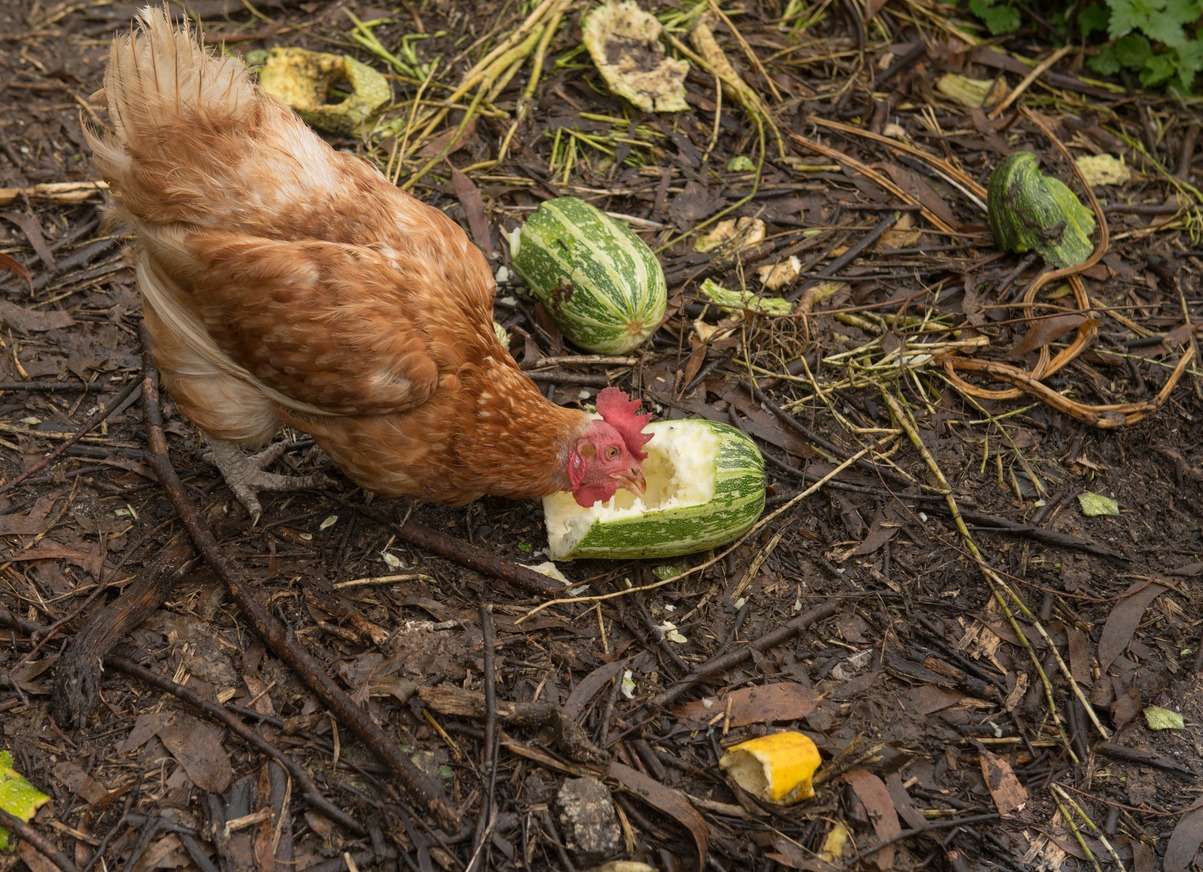
Food scraps and treats can reduce waste while adding variety to your flock's diet. However, treats should be just that—an occasional indulgence that doesn’t replace their main feed.
Benefits of Scraps and Treats
Supplements like fruits, vegetables, and grains provide extra vitamins and minerals. Additionally, offering scraps encourages natural foraging behaviors and keeps your chickens engaged. Treats are also a great tool for training and encouraging interaction with your flock.
What’s Safe and What’s Not
While many kitchen scraps are safe, some foods can be harmful or even toxic to chickens:
- Safe: Apples, carrots, lettuce, watermelon, pumpkin, and cooked grains.
- Avoid: Avocado (persin toxin), green potatoes or tomatoes (solanine), chocolate, caffeine, and anything moldy.
Treats by Season
- Summer: Watermelon and cucumber keep your chickens cool and hydrated.
- Fall: Pumpkins and squash are packed with vitamins, and their seeds act as natural dewormers.
- Winter: Offer warm oatmeal or cooked rice to give your flock an energy boost during cold mornings.
Treats should never exceed 10% of your flock’s total diet. Freeze scraps to maintain a consistent supply and prevent spoilage.
The Benefits of Pasturing and Foraging
Letting chickens roam and forage mimics their natural diet and provides numerous benefits:
- Nutritional gains: Green forages, seeds, and insects supplement their diet with essential nutrients.
- Improved egg quality: Pasture-fed chickens often lay eggs with richer yolks and better flavor.
- Pest control: Chickens help reduce pest populations, including ticks and grubs.
- Land fertilization: Their droppings enrich the soil, making your homestead more sustainable.
If free-ranging isn’t an option, consider a rotational grazing system or mobile chicken tractor to give your flock access to fresh pasture while keeping them safe.
Seasonal Feeding Adjustments
Chickens' dietary needs change with the seasons, and adjusting their diet ensures they stay healthy year-round.
Summer Adjustments
Hot weather can be stressful for chickens, reducing their appetite and increasing the risk of dehydration. To help:
- Offer lighter feed with higher protein content to match their reduced intake.
- Provide electrolytes in their water to replenish lost minerals.
- Place waterers in shaded areas and add frozen water bottles to keep the water cool.
Winter Adjustments
In cold weather, chickens need extra energy to stay warm. Adjust their diet by:
- Increasing fats with seeds or nuts to provide long-lasting energy.
- Offering scratch grains in the evening to keep them warm overnight.
- Ensuring access to warm water to prevent freezing and aid digestion.
Year-Round Monitoring
During molting or peak laying seasons, adjust feed to include higher protein or calcium as needed. Keep a feeding log to track changes and monitor your flock's health.
Monitoring and Making Adjustments
A successful feeding strategy involves observation and flexibility. Your flock’s behavior can tell you a lot about how well their diet meets their needs.
Common Signs to Watch For
- Overeating: Excessive feed waste may indicate they’re getting too much.
- Feather pecking: This could be a sign of protein deficiency.
- Lethargy: This may suggest an unbalanced diet or illness.
Transitioning Feeds
When switching to a new feed, introduce it gradually. Mix the new feed with the old in increasing proportions over a week to prevent digestive upset.
Conclusion
Feeding your homestead flock doesn’t have to be complicated, but it does take a little planning and care. By understanding what your chickens need at different life stages and seasons, you’ll be setting them up for success. Whether it’s creating balanced feed, adding safe and nutritious scraps, or letting them forage for some of their diet, there are plenty of ways to ensure your flock stays healthy and productive.
It’s all about paying attention to your chickens and making adjustments as needed. When you see shiny feathers, vibrant energy, and strong eggshells, you’ll know your efforts are paying off. Plus, there’s a deep satisfaction in knowing you’re raising your flock in a thoughtful, sustainable way. So, give it a try—experiment with some of these feeding tips and see how your chickens respond. With a bit of care and observation, you’ll have a happy, thriving flock that brings joy (and eggs!) to your homestead.

